Fitness and training guide for young adventurers!
Every year, thousands of young travelers from around the world arrive in Cusco, drawn by the magic of its landscapes and the promise of living a once-in-a-lifetime experience in the Andes. However, many don’t plan training for hiking; they need to fully enjoy long hikes between 3,000 and 4,000 meters (9,842 to 13,123 feet) in elevation.
The good news is that with the proper preparation, you can face the challenge with confidence and enjoy every step of the journey. That’s why we’ve created this complete guide to training for hiking in Cusco, filled with the best tips to help you get ready for your adventure and make it unforgettable.
Table of contents
- Why is it important to prepare physically for Hiking in Cusco?
- Step 1 – Cardio Training for Hiking
- Step 2 – Strength Training for Hiking
- Step 3 – Balance Training
- Step 4 – Go on Short Practice Hikes Before You Leave
- Step 5 – You’ll Need Flexibility and Recovery
- Step 6 – Prepare for High Altitude
- Example: 6-Week Training for Hiking in Cusco
- Hydration: The Key to Training for Hiking
- The Most Important Advice: Adapt with Style
- Frequently Asked Questions
- You may be interested in:
Why is it important to prepare physically for Hiking in Cusco?
Training for hiking in Cusco is essential because the city itself sits at more than 3,300 m (10,827 ft), and many parts of your hike will go beyond 4,000 m (13,123 ft), like the Inca Trail, Salkantay, or Choquequirao. At this altitude, you’ll not only face steep climbs but also drastic weather changes, diverse terrain, constant elevation shifts, and long hours of walking that will test your endurance.
First and foremost, you need to feel strong both mentally and physically. Motivation is important, but it’s not enough—you must train so that your body matches your determination. Never underestimate the mountain. In Peru, there is a belief that mountains are sacred protective spirits, known as Apus. Walking through them requires respect and good preparation.
Advanced training will also help you adjust better to the altitude, endure long days on the trail, recover faster, and build confidence to accomplish your goal. With proper training for hiking in Cusco, your experience will be safer, more rewarding, and full of energy.
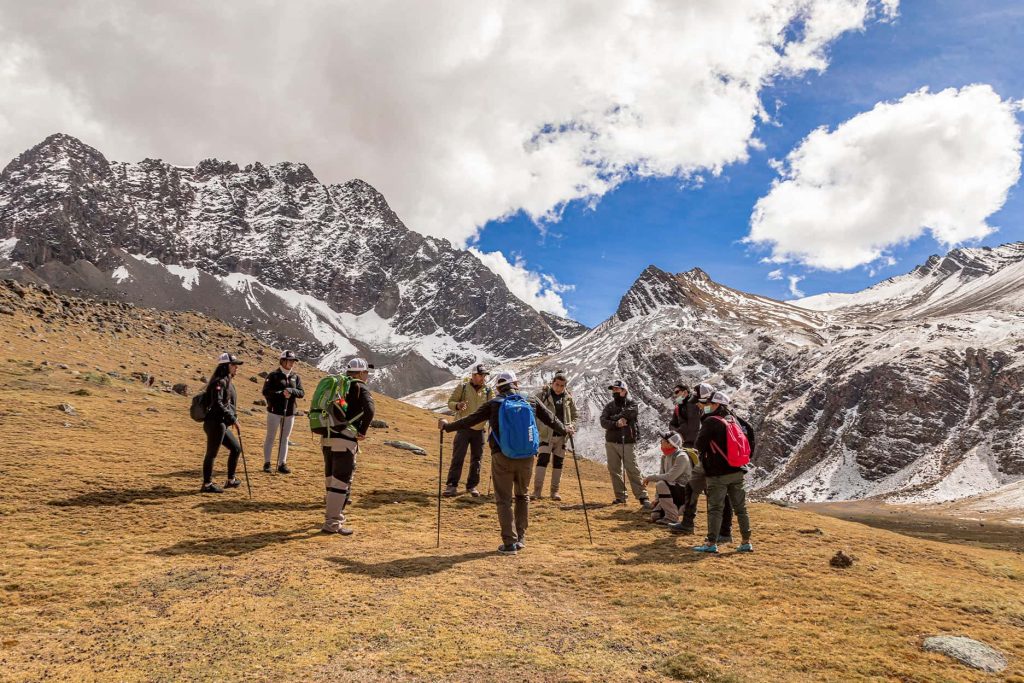
Cardio or Strength: Which hiking workout should I prioritize?
When it comes to hiking workout, one of the most common questions is: Should I focus more on cardio or strength? The answer is simple—you need both. Trekking in Cusco combines long walks at high altitude with demanding ascents and descents, so your preparation must be well-balanced.
Cardio training is essential because it improves your stamina and lung capacity. It allows you to hike for hours without tiring too quickly and helps your body adapt to lower oxygen levels at altitude. On the other hand, strength training provides stability, protects your joints, and helps you carry your backpack without putting too much strain on your legs or back.
| Aspect | Cardio | Strength |
|---|---|---|
| Main Goal | Increase physical and lung endurance | Improve stability and muscle power |
| Key Benefit in Trekking in Cusco | Walk for hours without getting tired quickly | Climb and descend safely while carrying your backpack |
| Examples of Physical Exercise | Running, cycling, swimming, brisk walking, stair climbing | Squats, lunges, planks, deadlifts, step-ups |
| Impact at High Altitude | Helps the body use oxygen more efficiently and adapt to altitude sickness | Reduces the risk of injuries in knees, ankles, and back |
| Recommended Frequency | 3–4 times per week (40–60 min) | 2–3 times per week (30–40 min) |
| Result on the Trek | More energy and endurance for long days | More strength to face steep sections and carry gear |
As you can see, it’s not about choosing between cardio or strength. A solid training for hiking in Cusco combines both to achieve a balanced performance. That’s why below we show you the steps you should follow to prepare in the best way.

Step 1 – Cardio Training for Hiking
A training for hiking in Cusco starts with building your cardiovascular endurance. This means preparing your heart, lungs, and muscles to work efficiently for long periods of time. With this type of preparation, your body can sustain physical effort without tiring too quickly—something essential for long hikes in the mountains.
Steady Aerobic Exercise
Training for hiking begins with steady aerobic exercise. Walking, running, swimming, or cycling helps build stamina for long routes. Practicing these activities for 30 to 60 minutes, three to four times per week, teaches your body to sustain continuous effort on the trail. The moderate intensity of this exercise also helps you progress without burning out too quickly.
Another benefit of steady aerobic exercise is that it prepares your muscles for the ups and downs of mountain terrain. By maintaining a steady pace, you simulate the effort you’ll make during the trek. That’s why aerobic exercise becomes the foundation on which you can add more advanced training methods.

Interval Training (HIIT or Fartlek)
Training for hiking improves significantly with interval workouts. HIIT or fartlek methods combine short bursts of high intensity with periods of active recovery. For example, you can sprint for one minute and then jog lightly for two minutes. This variation strengthens your cardiovascular system and boosts your recovery capacity on the trail.
The best part of intervals is that they simulate the real effort of trekking in Cusco, where steep climbs alternate with natural breaks. With this practice, your body adapts to rhythm changes, and you’ll feel more energized when facing steep ascents. Including interval training is key if you want to perform better during your trek.

Progressive Training
In training for hiking, progression is fundamental. You don’t need to start with long hours of exercise—the important part is to gradually increase time, distance, or intensity. This way, you avoid injuries and allow your body to adapt to greater demands without strain. A simple example is adding ten extra minutes to your walks each week.
This progressive approach not only builds physical endurance but also boosts confidence. Each week you’ll see real progress, which motivates you to keep training. Progressive training turns preparation into a safe and effective process, ideal for beginners or anyone aiming to reach a higher level of performance.

Cross Training
Training for hiking shouldn’t be limited to just walking or running. Cross-training combines different activities like swimming, cycling, rowing, or even yoga. This variety helps you work different muscle groups, avoid overuse injuries, and keep motivation high.
By practicing multiple disciplines, you improve overall endurance and coordination. That translates into more strength for uphill sections, better control on descents, and improved balance on uneven terrain. Including cross-training in your routine ensures you arrive at your trek with a more prepared and versatile body.

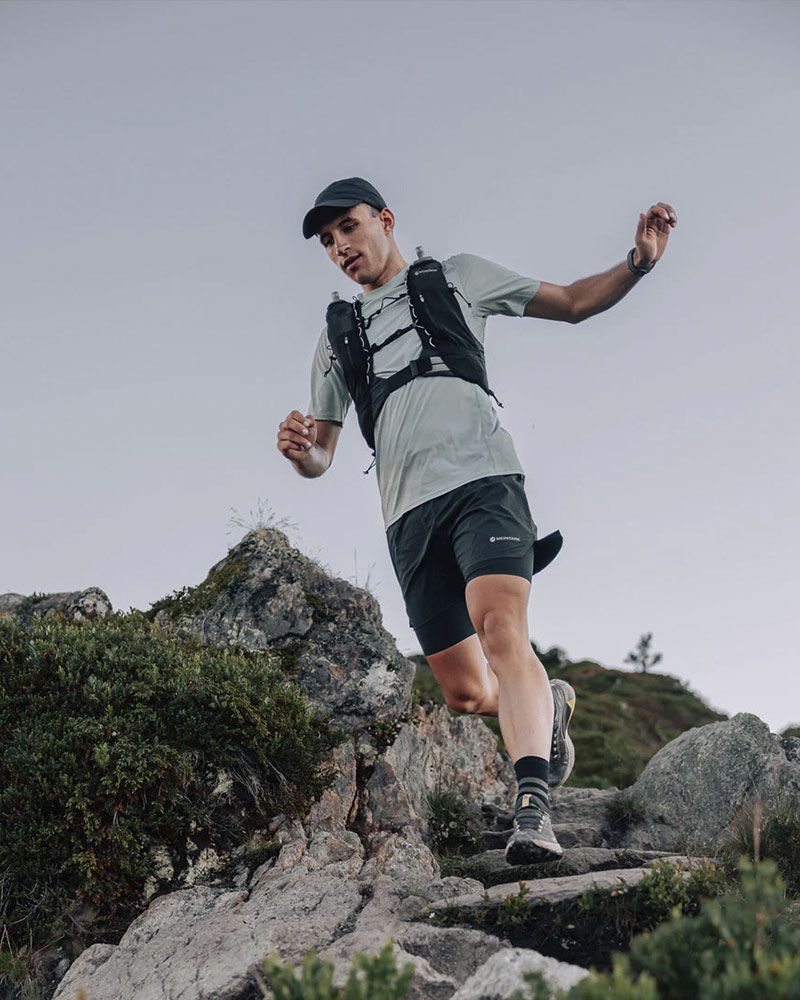
Healthy Habits
Training for hiking in Cusco goes beyond exercise. Your daily habits make the difference in performance. Sleeping seven to nine hours, staying well hydrated, and eating a balanced diet with carbs, protein, and healthy fats form the foundation of complete preparation. These habits fuel your energy and help your muscles recover after each session.
Mental health also plays a key role. Consistency in training, combined with active rest and relaxation techniques, allows you to arrive at the trek with both body and mind in balance. Healthy habits become the perfect complement to your effort, helping you make the most of your mountain experience.


Step 2 – Strength Training for Hiking
Training for hiking in Cusco requires not only cardiovascular endurance but also muscular strength. Your legs, glutes, and core work non-stop during a mountain hike, especially on ascents and descents. Adding strength exercises to your routine will give you stability, energy, and protection against injuries. Here are some of the most effective exercises to make your body stronger and more prepared for the trek:
Step Ups
Step-ups involve going up and down a bench or elevated surface, mimicking the climbing movement in trekking. This exercise strengthens your quads, glutes, and calves—key muscles for steep inclines.
Step-ups also build muscular endurance and pushing power for uphill sections. Practicing them regularly as part of your training for hiking will give you more stability and reduce fatigue on long climbs.

Walking Lunges
Walking lunges are a functional exercise that strengthens legs and glutes while improving coordination. This movement replicates the long steps you take on the trail and prepares your joints to support the weight of your backpack.
With walking lunges, your balance and endurance increase noticeably. Add them to your hiking workout, and you’ll find it easier to cover longer distances with less effort and more control at every step.

Lateral Jumps
Lateral jumps are perfect for developing power and agility. This exercise mimics the movements needed to dodge obstacles or change direction on the trail. It strengthens your leg muscles and sharpens your reaction time.
When you integrate lateral jumps into your training for hiking, you gain confidence and security on technical terrain. You’ll also strengthen your knees and ankles, which bear much of the effort on treks.
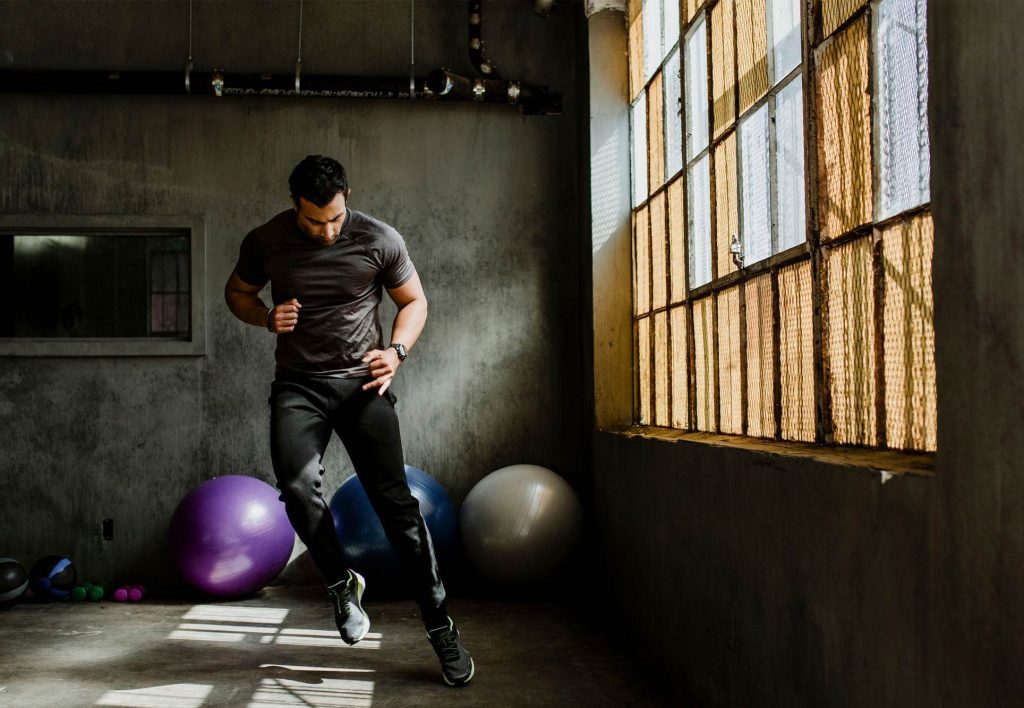
Deadlifts
Deadlifts are one of the best exercises to strengthen the posterior chain: glutes, hamstrings, and lower back. These muscles support your body during long hikes and help you maintain posture when carrying a backpack.
With consistent practice, deadlifts give you more power on climbs and endurance on tough terrain. Adding them to your hiking workout is key to preparing your body in a comprehensive way.
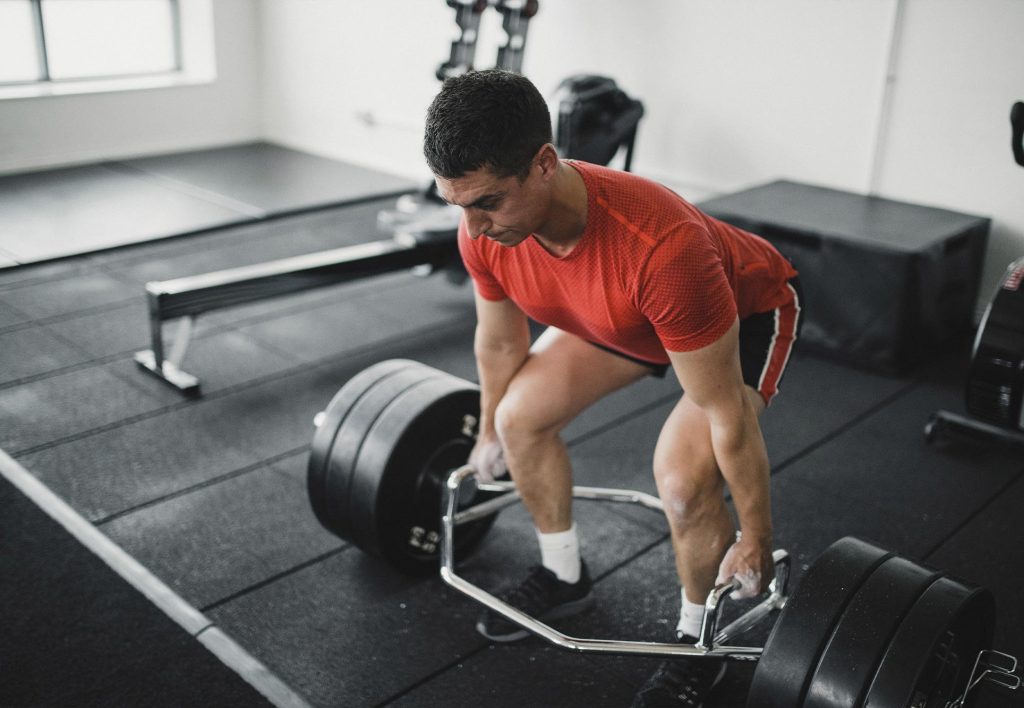
Single-Leg Squats
Single-leg squats, or pistol squats, are challenging but highly effective. This exercise develops strength, balance, and coordination simultaneously, working each leg independently.
By making them part of your hiking workout, you’ll improve your ability to handle the effort of ascents and descents. They also reinforce knee and ankle stability, lowering your risk of injury.

Planks
Planks strengthen your core—the midsection of your body, including abs, lower back, and glutes. A strong core stabilizes your entire body and helps you maintain good posture during long hikes.
By adding planks to your hiking workout, you improve back endurance and prevent muscle pain. With a solid core, you’ll carry your backpack more comfortably and perform better at every stage of the trek.
Important Note: Strength exercises are not optional in your training for trekking. Strengthening the muscles around your knees —such as quadriceps, hamstrings, and glutes— is essential to provide support and stability. If you skip this part, your knees will be more exposed to injuries, pain, and even the risk of having to interrupt your trek in Cusco.

Step 3 – Balance Training
Balance is one of the most important skills for anyone who practices trekking, hiking, or mountaineering. Uneven terrain, technical descents, and unstable surfaces require a body that can maintain stability and control with every step.
Training your balance not only enhances your physical performance but also increases your safety in the mountains, reducing the risk of sprains, falls, or injuries to your ankles and knees.
To strengthen your stability, add some balance exercises for trekking to your routine, such as:
- Standing on one leg for several seconds.
- Shifting your body weight from side to side.
- Walking on lines or unstable surfaces (mats, BOSU, or uneven ground).
- Including yoga or Pilates movements that develop proprioception and postural control.
These exercises strengthen the stabilizing muscles of your core, hips, legs, and ankles, improving your ability to adapt to the terrain. By working on your balance, you’ll be able to hike with greater confidence on any type of trail.
Training tip: spend at least 10 minutes of your daily routine doing balance exercises. Over time, you’ll notice a big improvement in your agility and how your body responds to the challenges of mountain terrain.

Step 4 – Go on Short Practice Hikes Before You Leave
Within any hiking workout, progressively challenging hikes play an essential role. By starting with short, easy routes, your body gradually adapts to the effort, strengthens muscles, and builds endurance without causing excessive fatigue. This preparation also boosts your confidence and helps you understand how your body reacts under different conditions—something crucial before tackling long, high-altitude routes.
To make these practice hikes truly effective, choose trails with some incline and gentle elevation changes. Ideally, they should last between four and six hours, include both ascents and descents, and involve carrying a light backpack with some weight to simulate real trekking in Cusco conditions. This way, you’ll improve endurance, work on balance, and train your body to walk comfortably on uneven terrain for longer periods.
Finally, if your destination is Peru, take advantage of arriving in Cusco a few days early to go on acclimatization hikes. Trails like Huchuy Qosqo, Tambomachay, Qenqo, or the Cristo Blanco route will help your body adjust to the altitude and get you ready for the big adventure. Including these hikes in your hiking workout will make a huge difference in your performance and allow you to enjoy every step in the mountains.
Travel Tip: If you decide to train in the imperial city of the Incas, you’ll probably need a Cusco travel guide: Tips and Recommendations for Your Trip.
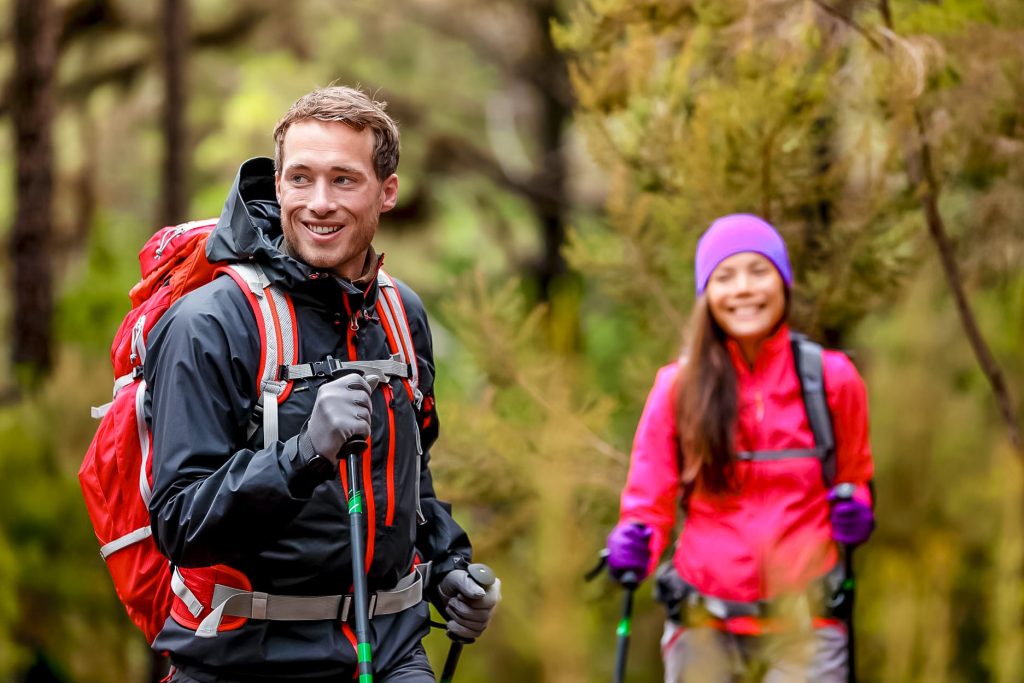
Step 5 – You’ll Need Flexibility and Recovery
Training for hiking in Cusco doesn’t end when you stop walking or working out. Your body also needs flexibility and recovery to perform better in the mountains. Stretching before and after each session keeps muscles elastic, improves your range of motion, and reduces joint stiffness. Thanks to this practice, you’ll move more freely over uneven terrain and avoid common injuries like sprains or muscle strains.
Recovery is just as important to prevent effort from turning into accumulated fatigue. Getting enough rest, staying well hydrated, and doing light activities like yoga or low-intensity stretching allow your body to repair tissues and come back stronger for the next session. By combining flexibility and recovery as part of your hiking workout, you’ll create the right balance between effort and rest—ensuring you enjoy the experience without physical discomfort.
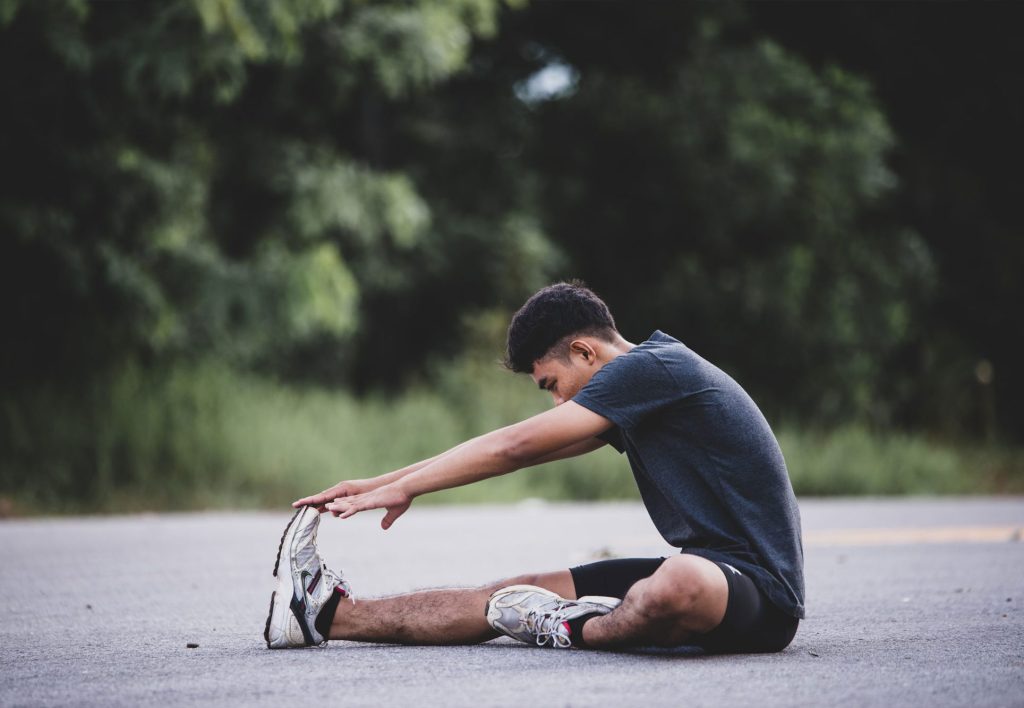
Step 6 – Prepare for High Altitude
Within any hiking workout, altitude preparation is a step you can’t overlook. Remember that Cusco is located at 3,300 m.a.s.l. (10,827 ft)—an elevation that can already trigger altitude sickness in those who aren’t used to it. And once you begin treks to mountains like Ausangate or Salkantay, you’ll reach altitudes above 4,500 m.a.s.l. (14,764 ft) and even 5,000 m.a.s.l. (16,404 ft), where the air contains up to 40% less oxygen compared to sea level.
This means your body will work much harder with every step, and you may experience symptoms such as unusual fatigue, headaches, dizziness, or difficulty sleeping. Keep in mind that once you’re on the trail, you’ll be in remote and isolated areas, far from medical facilities—so taking acclimatization seriously is vital for your safety.
How to prepare for altitude?
The best strategy is to arrive in Cusco 2–3 days before your trek begins. During that time, go on light walks around the area, stay well hydrated, avoid heavy meals, and get plenty of rest. Many travelers also find coca tea or sorojchi pills helpful as additional support.
But if you can’t arrive days in advance, don’t worry—you can still prepare your body at home. In addition to the exercises we’ve already mentioned, practice deep-breathing techniques and pace yourself during workouts to get used to sustained effort. Once you arrive in Cusco, take it slow the first few hours, walk at an easy pace, and listen to your body.
Travel Tip: We know that trekking in Cusco, at high altitude, is a challenge for those coming from sea-level cities. That’s why we recommend reading High-Altitude Adventure! How to Train for Trekking in Peru.
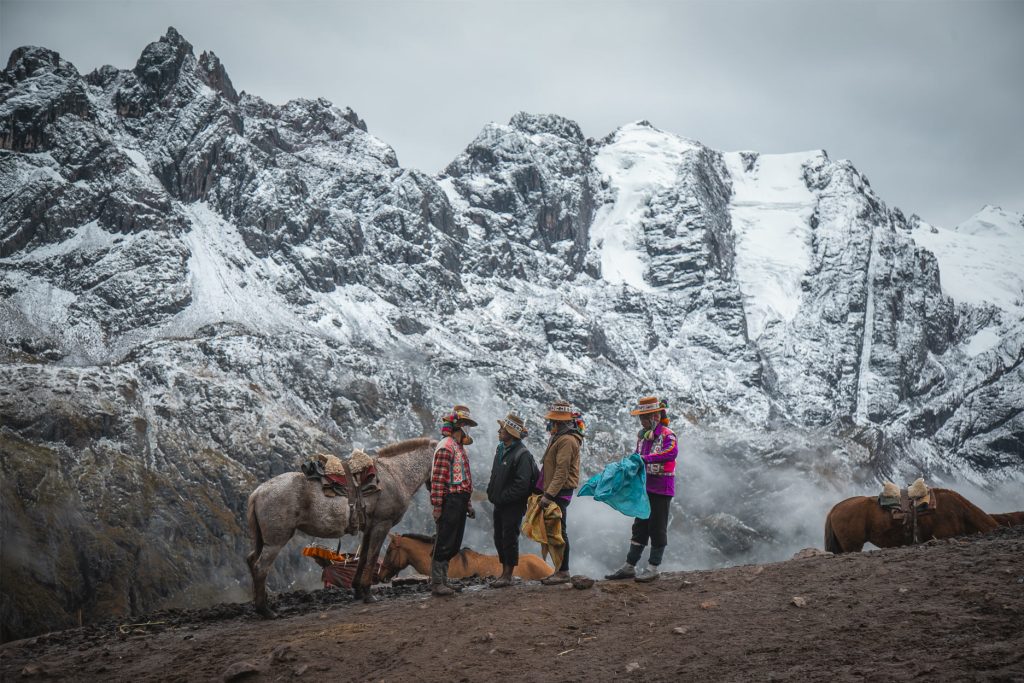
Example: 6-Week Training for Hiking in Cusco
| Week | Cardio (Endurance) | Strength | Practice Hike | Flexibility & Recovery | Key Notes |
|---|---|---|---|---|---|
| 1 | 3 sessions of 30–40 min (running, cycling, or swimming at an easy pace) | 2 sessions: squats, lunges, planks (3×12 each exercise) | 1 hike of 5–6 km (3.1–3.7 miles) on flat terrain | Basic stretches 10–15 min after each session | Start easy to avoid injuries |
| 2 | 3 sessions of 40–45 min with some incline | 2 sessions: add deadlifts and lateral jumps | Basic stretches 10–15 min after each session | Gradually increase the effort | |
| 3 | 4 sessions: 2 easy (40 min) + 2 with intervals (e.g., 2 min fast, 2 min slow × 6) | 2 sessions: add single-leg squats and step-ups | 1 hike of 6–8 km (3.7–5 miles) with light incline | Basic stretches 10–15 min after each session | Simulate carrying trekking gear |
| 4 | 4 sessions of 45–60 min, include one uphill or stairs | 2 sessions: combine lower body strength and core work | Basic stretches 10–15 min after each session | You’ll start feeling stronger endurance | |
| 5 | 4–5 sessions: include 1 long interval workout (4 min hard, 3 min easy × 5) | 2 sessions: add plank variations (dynamic planks) | 1 hike of 8–10 km (5–6.2 miles) with a light pack (5–6 kg / 11–13 lbs) | Basic stretches 10–15 min after each session | Key week to build endurance base |
| 6 | 3–4 easy sessions of 30–40 min to maintain cardio | 2 light strength sessions (low load, high mobility) | Basic stretches 10–15 min after each session | Reduce training load: recovery week before the trip |
Training for hiking: More Than Just Exercise
A good training for hiking in Cusco isn’t just about exercising. To get the best results, combine it with a balanced diet, a hydration plan adapted to your lifestyle, active rest between routines, regular stretching, and, of course, quality sleep. Together, these elements will help your body perform at its best in the mountains.
Travel Tip: The best way to understand exercises is to see them in action. That’s why we recommend checking out our video on how to prepare physically for trekking in Cusco.
Nutrition That Fuels Your Training for Hiking
No hiking workout program is complete without the right nutrition. Your body needs proper fuel to perform during trekking in Cusco and its climatic conditions. Focus on complex carbs like oats, quinoa, brown rice, and potatoes to provide steady energy throughout the day. Pair them with lean proteins such as chicken, fish, eggs, or legumes to support muscle recovery after each session.
Don’t forget fresh fruits and vegetables, which supply vitamins, minerals, and antioxidants to strengthen your immune system. And here’s something key: stay well-hydrated every day—not only while trekking in Cusco but also during your preparation phase. With a balanced diet, your training will be more effective, and you’ll arrive ready to enjoy every step in the Andes.
Travel Tip: Don’t just take care of your nutrition before the trek—do it during the adventure as well. Choose the best foods for hiking to keep your energy levels up and enjoy every part of the journey.

Hydration: The Key to Training for Hiking
In any hiking workout plan, hydration makes the difference between strong performance and early fatigue. Water not only replaces lost fluids but also regulates body temperature, transports nutrients, and keeps your muscles working efficiently. That’s why, if you’re training for hiking in Cusco, hydration must become a daily habit—not just something you do when you’re thirsty.
A good strategy is to sip water steadily throughout the day instead of drinking large amounts at once. During workouts, always carry a bottle and take small sips every 15–20 minutes. For long or intense sessions, combine water with sports drinks to replenish minerals and electrolytes. Also, avoid excess alcohol or caffeine, as they dehydrate your body and slow recovery.
Simple Hydration Plan for a Hiking Workout
- Before training: Drink 500 ml to 1 liter (17–34 oz) of water in the 2 hours prior.
- During training: Take small sips every 15–20 minutes (about 150–250 ml / 5–8 oz).
- After training: Rehydrate with 500 ml to 1 liter (17–34 oz), adding sports drinks if your session was intense.
- At altitude (Cusco +3,300 m / 10,827 ft): Increase your intake to 3 liters (100 oz) daily, even if you don’t feel thirsty.

The Most Important Advice: Adapt with Style
In training for hiking, learning to adapt to the unexpected is just as important as strength or endurance. Nature is unpredictable: a slippery trail, a steep descent, or a loose rock can test you at any moment. That’s why moving with proper technique helps you reduce risks and enjoy the trail more safely.
The key lies in knowing how to react. Bend your knees when descending to reduce impact, keep your body close to the ground when losing balance, and if you stumble forward, roll smoothly to avoid harsh falls. These simple moves, all part of a solid hiking workout, help you move fluidly in the mountains while protecting your body from injuries.
The best advice is clear: go out, practice, and walk. Every route, no matter how small, brings you closer to your goal and strengthens your technique. The mountain doesn’t reward perfection—it rewards consistency and adaptability. Train with intention and persistence. See you on the top!
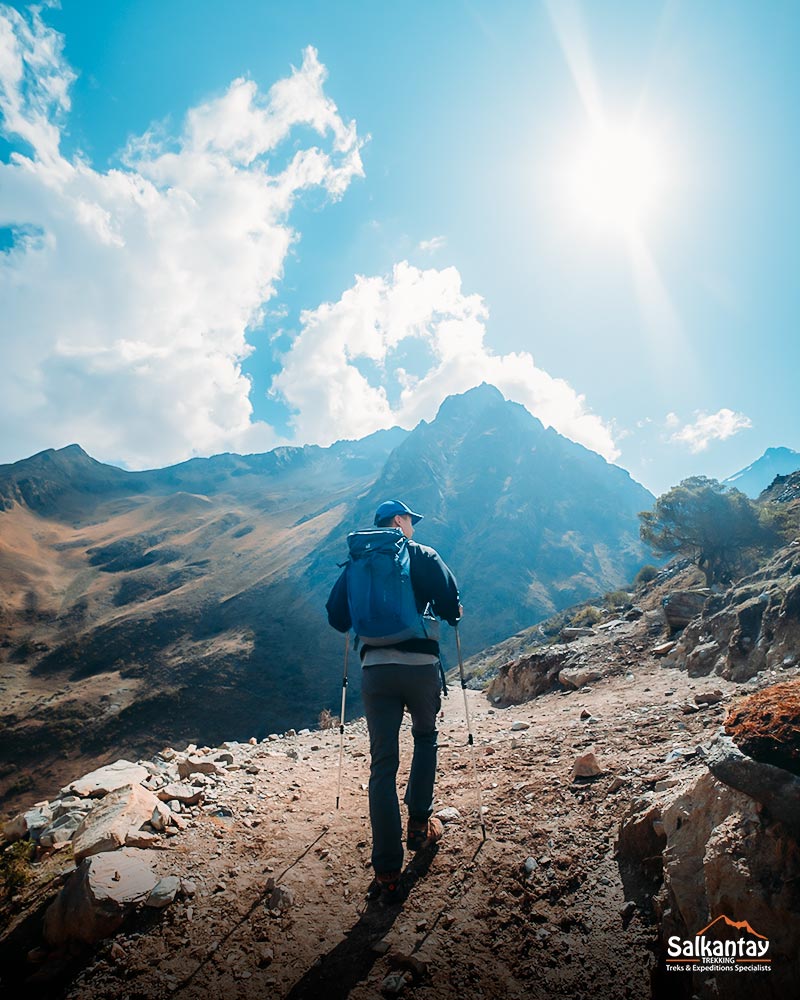
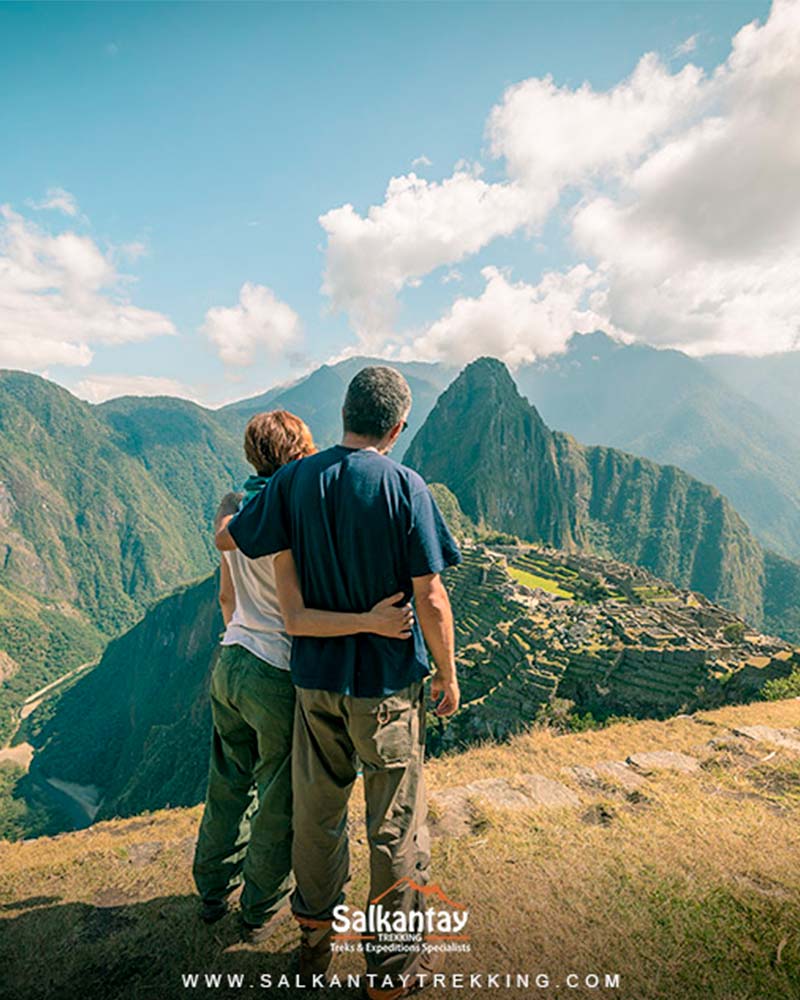
Ready for Your Next Big Adventure in Cusco?
Now you have the guide to prepare your body. Let us take care of the rest. At Salkantay Trekking, we guarantee safety with expert guides, carefully designed itineraries for proper acclimatization, and the logistical support you need for an unforgettable experience.
Contact us and book your trek with the experts today!
Frequently Asked Questions
1. Why is training for hiking essential before traveling to Cusco?
Because trekking in Cusco takes place at high altitude on challenging routes. Training improves endurance, strength, and acclimatization, allowing you to enjoy the experience without feeling exhausted.
2. How long before should I start training for hiking in Cusco?
Ideally, 6–8 weeks before your trip, with a mix of cardio, strength, and progressively longer hikes to simulate real effort.
3. In training for hiking in Cusco, what are the best aerobic exercises?
Running, swimming, cycling, or brisk walking are excellent because they strengthen the heart and lungs for long hiking days.
4. Do I need strength training if I’m only going to hike?
Yes. Hiking in Cusco requires strong legs, glutes, and a strong core. Exercises such as squats, lunges, and planks help build stability and power for ascents and descents.
5. How can I simulate real trekking in Cusco during training?
Practice with a loaded backpack, climb stairs, and choose routes with elevation gain to mimic trail conditions.
6. How important is flexibility in training for hiking?
Very important. Stretching prevents injuries, improves range of motion, and speeds recovery after each day of hiking in Cusco.
7. How should I prepare for Cusco’s altitude?
Cusco is at 3,300 m.a.s.l. (10,827 ft), with treks surpassing 4,500 m (14,764 ft). Arrive early, hydrate well, take light walks, and rest to adjust to lower oxygen levels.
8. What symptoms of altitude sickness might I feel while trekking in Cusco?
Headaches, dizziness, fatigue, or loss of appetite are common. They usually improve with acclimatization, rest, and proper hydration.
9. Is it advisable to do acclimatization walks in Cusco before embarking on a hike?
Yes. Day hikes such as Huchuy Qosqo, Tambomachay, Qenqo, or Cristo Blanco help your body adjust before tackling longer treks.
10. What’s the best advice to enjoy trekking in Cusco?
Train in advance, arrive with time to acclimate, listen to your body, and go at your own pace. Preparation and consistency make the difference.


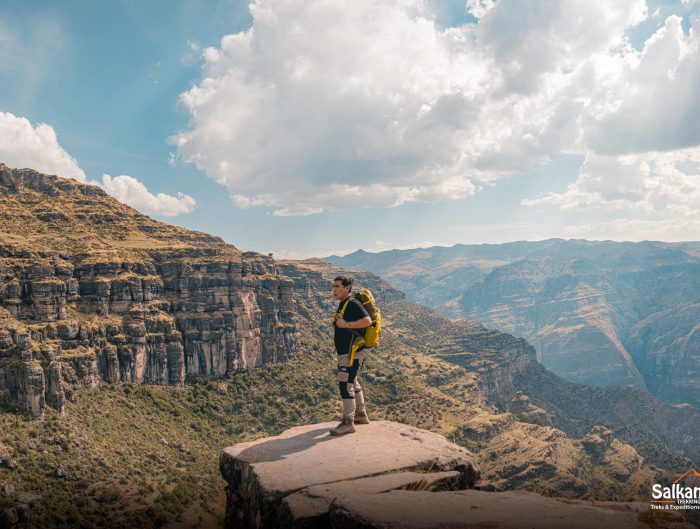
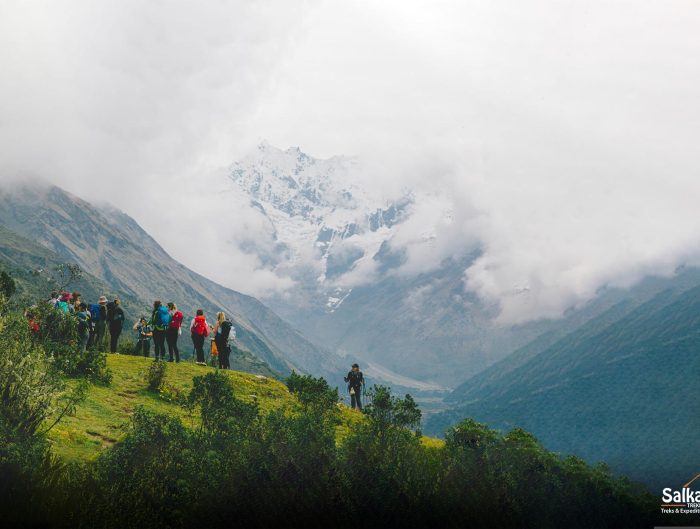
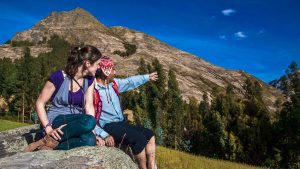

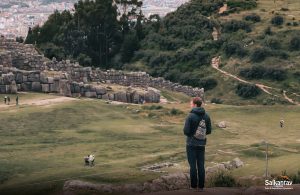



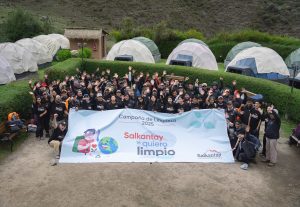


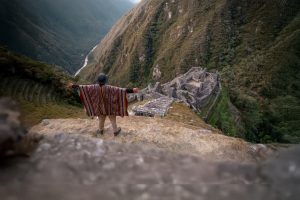
Leave A Reply